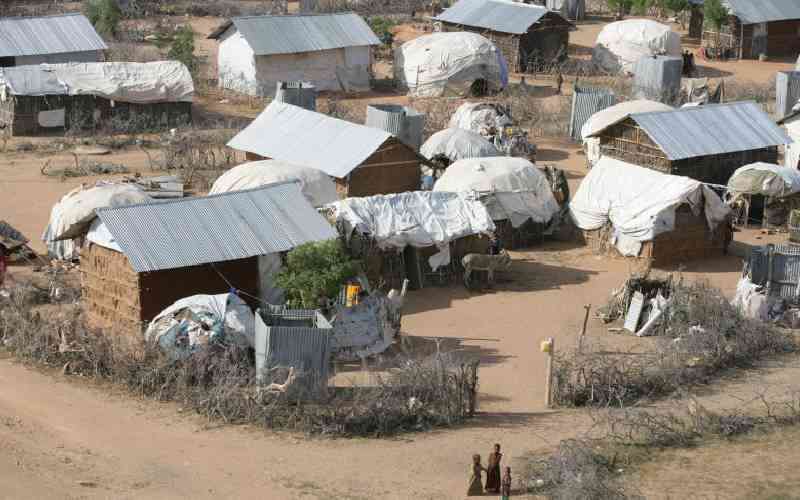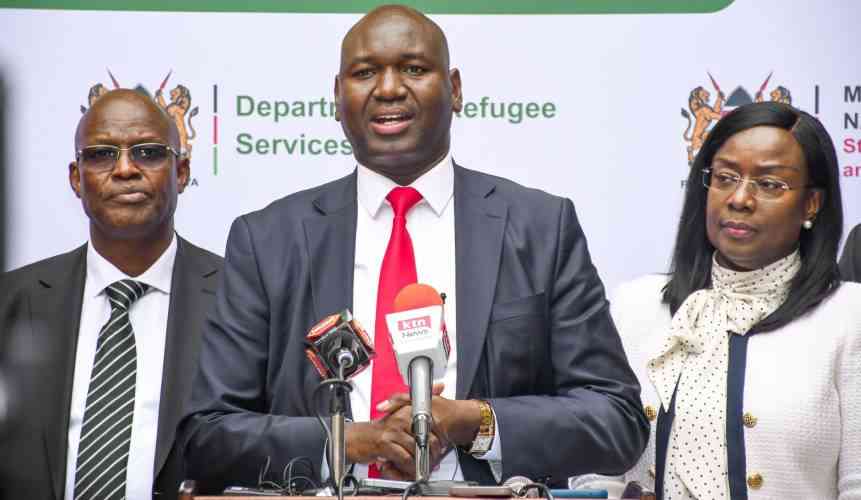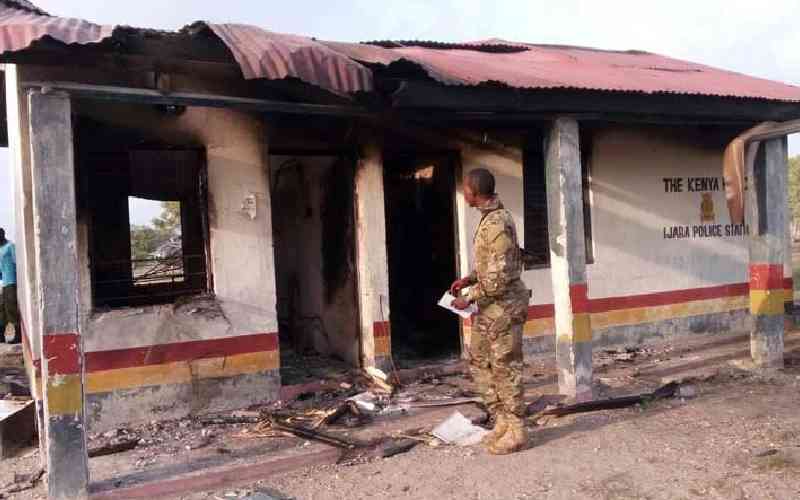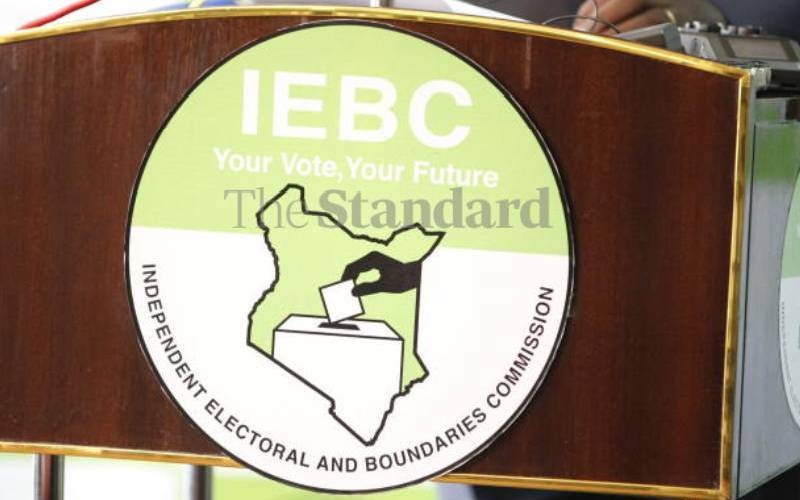The Dadaab Complex is not your ordinary refugee camp. Originally designed to accommodate 90,000 refugees, the camps now hold over four times their intended capacity.
It is this complex that the Kenyan government on Wednesday announced plans to shut down and repatriate hundreds of thousands of refugees, most of them Somalis, to their home country. From various accounts, Somalia is still grappling with ravages of war and broken political systems in some regions.
At stake, according to Interior Cabinet Secretary Joseph Nkaissery, is the country’s security. The Dadaab Refugee Complex has on more than one occasion been fingered as a key recruitment and plotting site of bloody terror attacks.
“For reasons of pressing national security, the government of the Republic of Kenya has commenced the exercise of closing Dadaab Refugee Complex,” Nkaissery said at a press briefing.
The government has set aside Sh1 billion for this exercise. It argues that the refugee camps host Al Shabaab militants and are centres for smuggling and contraband trade as well as provide passage for illegal arms.
From an outsider’s perspective, Dadaab’s remoteness and harshness have conspired to make it, like the former North Eastern Province, nearly uninhabitable with areas around the refugee camps being run by groups of armed bandits and militias that have preyed on the desperation of the refugees, the goodwill of the surrounding communities and absence of government will to thrive and wreak havoc.
Aggravate this distrust
“The closure of Dadaab sounds like one of those populist ad hoc decisions that the government of the day makes to please a section of the day’s power brokers. The underlying issue here is Kenya’s complete lack of a consistent policy on how to deal with its refugees numbers,” Philip Nyinguro, political scientist and lecturer at the University of Nairobi told The Standard on Sunday.
“The notion that the sole reason for the closure of the complex is to enhance national security is wrong and false.”
But there is one problem. Somalia is not embracing its people.
“This decision will negatively affect the majority of Somali refugees who are housed in the two camps and will make the threat of terrorism worse,” the Somali Ministry of Foreign Affairs and Investment Promotion said in a statement.
“Expelling vulnerable Somali refugees at a time Somalia is making internationally recognised progress towards stability will only increase the risk of insecurity in the region.”
Somalia argues that already there exists an agreement between Kenya, Somalia and UNHCR on the movement of refugees back to Somalia.
“Abandoning this will be a legal and moral failing on the part of Kenya,” Mogadishu says. Plus, there is a feeling of déjà vu within the humanitarian world.
In 2007, then minister of Foreign Affairs Raphael Tuju announced that the Kenyan government closed all its borders with Somalia, fearing that the war between the Ethiopian-backed Somalia Transitional Federal Government and the Islamic Courts Union would spill into Kenya.
Stay informed. Subscribe to our newsletter
But why wasn’t the camp closed at that time?
“There was too much local politics in it. The same problems that the government is seeing now are the same ones we saw then. But when the decision to shut down Dadaab had to be made, politicians disregarded the facts. The opposition at that time looked at it as an opportunity to get the North Eastern vote so they vehemently opposed the move,” Tuju told The Standard on Sunday.
Apart from impacting on local politics, scholars say Dadaab’s closure will have a direct impact on Kenya’s relationship with her long suffering neighbour with regard to Kenya having troops in Somalia as well as affect her international standing.
Writing for UK think tank Chatham House, Horn of Africa Researcher Ahmed Soliman argues that in as much as regional military support is vital in the horn of Africa country; it limits the new Somali government on the home front. And as a result, Somalis are concerned that their neighbours are not intervening in good faith.
The Dadaab closure might further aggravate this distrust between Nairobi and Mogadishu and cause friction beyond East Africa.
“The camps have always been used as leverage by past governments. Whenever relationships with the West have been fractured we have always had the camps as our trump card,” Prof Nying’uro says.
“For instance, the war in Somalia was the only thing that kept the Moi government in the good books with the West in 1991 when the country had decided to opt for a multi-party state.”
Nying’uro says that in exchange for the backing of the West, Kanu agreed to host the thousands of refugees fleeing war that trooped across from Somalia.
This, he says, made Kenya upstage her neighbours in terms of international diplomacy.
But the numbers from Dadaab say something else. Over 70 per cent of those in Dadaab came from Jubaland and 90 per cent of these were not displaced by direct conflict but by recurrent drought and famine in the region.
What will prevent them from sneaking back to a country they have known for years through Kenya’s porous borders?
For the closure to succeed and be sustainable, the Kenyan government must get cooperation from the international community; more so the government of Somalia.
So far, the resettlement kitty has only received one pledge, the Sh1billion from the Kenyan government.
 The Standard Group Plc is a
multi-media organization with investments in media platforms spanning newspaper
print operations, television, radio broadcasting, digital and online services. The
Standard Group is recognized as a leading multi-media house in Kenya with a key
influence in matters of national and international interest.
The Standard Group Plc is a
multi-media organization with investments in media platforms spanning newspaper
print operations, television, radio broadcasting, digital and online services. The
Standard Group is recognized as a leading multi-media house in Kenya with a key
influence in matters of national and international interest.
 The Standard Group Plc is a
multi-media organization with investments in media platforms spanning newspaper
print operations, television, radio broadcasting, digital and online services. The
Standard Group is recognized as a leading multi-media house in Kenya with a key
influence in matters of national and international interest.
The Standard Group Plc is a
multi-media organization with investments in media platforms spanning newspaper
print operations, television, radio broadcasting, digital and online services. The
Standard Group is recognized as a leading multi-media house in Kenya with a key
influence in matters of national and international interest.








